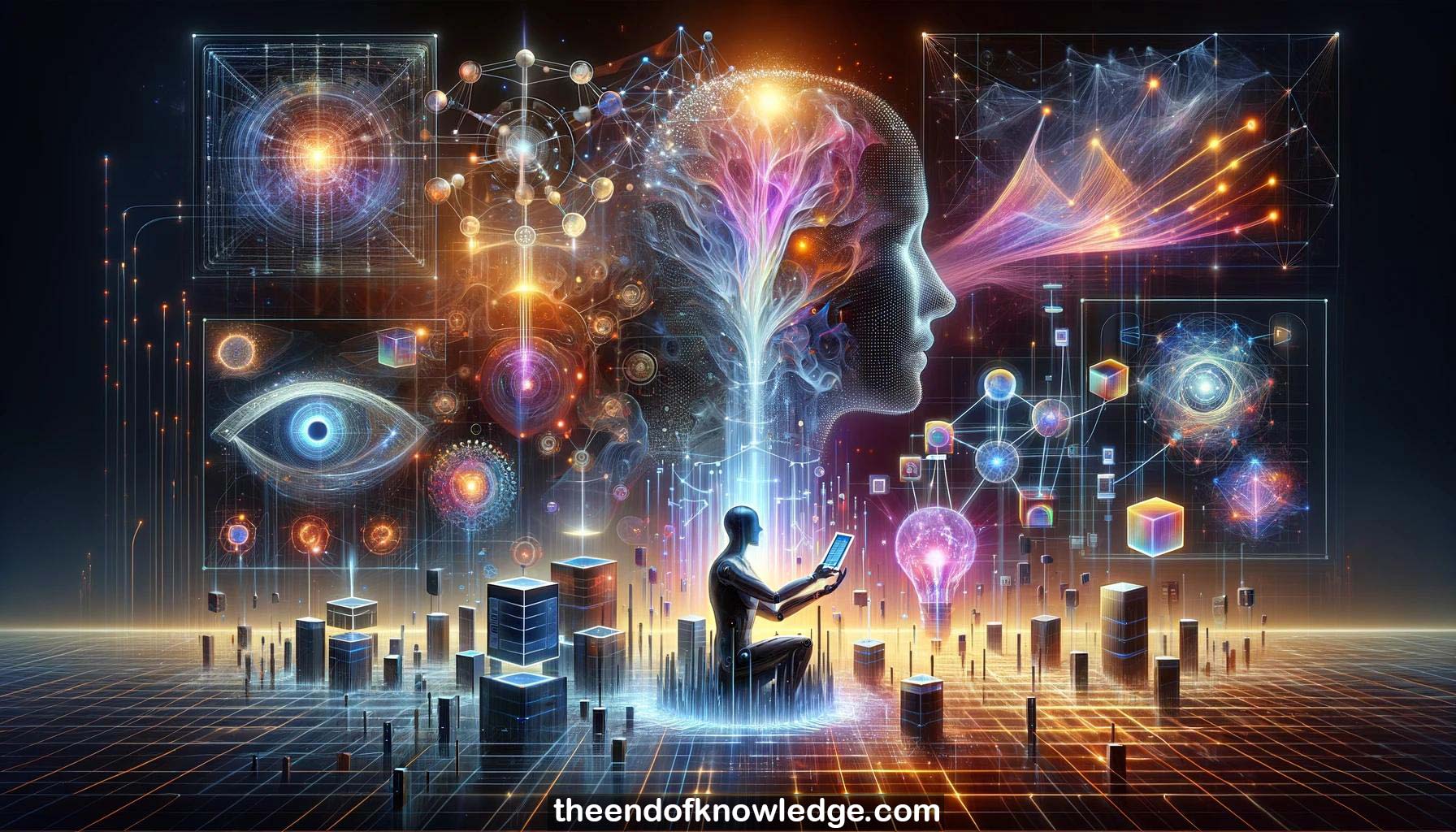 >
>
Concept Graph & Resume using Claude 3 Opus | Chat GPT4 | Gemini Adv | Llama 3:
Resume:
1.-The goal of semantic parsing is to map natural language to machine-executable language, a challenge since the 1960s.
2.-Examples include querying databases, instructing robots, and asking questions of knowledge bases like Google's Knowledge Graph.
3.-Digital assistants like Alexa, Cortana and Google Home are becoming popular and Bill Gates sees them as an important technological breakthrough.
4.-Three main challenges: structural mismatch between natural and machine language, generating well-formed output, handling different phrasings of the same meaning.
5.-A neural encoder-decoder architecture is used as the backbone - an encoder LSTM represents the input, a decoder LSTM generates the output.
6.-Attention mechanisms allow the decoder to attend to relevant parts of the input representation, improving over just using the final hidden state.
7.-To handle output structure, decoding is modified to generate the output sequentially but hierarchically, using non-terminal tokens to denote hierarchy.
8.-This sequential hierarchical decoding helps but still makes mistakes in parentheses, so a stronger approach is needed to ensure well-formed output.
9.-A two-stage decoding approach first generates an abstract sketch of the output, then fills in the details to get the final output.
10.-The sketch omits low-level details but preserves the core output structure shared by examples with the same basic meaning.
11.-Separating high-level and low-level semantics makes the meaning representation more compact at the sketch level and provides context for the final decoding.
12.-The two-stage model jointly learns to predict sketches and full outputs, maximizing likelihood of meaning representations given natural language inputs.
13.-Templates for sketches are created deterministically by removing variable info, predicate arguments, anonymizing tokens, and collapsing clauses, depending on the meaning representation language.
14.-Two-stage decoding improves accuracy across multiple datasets and meaning representation languages, showing the approach is general.
15.-To handle linguistic variation in how meanings are expressed, paraphrases of the input question are used.
16.-Previous work used paraphrases but generated them separately from question-answering - the two components need to be integrated.
17.-The proposed approach jointly trains a paraphrase scoring model along with the question-answering model for an integrated end-to-end system.
18.-The paraphrase model is crucial - if paraphrases are bad, the whole system fails. Paraphrases are generated via pivoting.
19.-Pivoting translates the input to a foreign language and back to obtain paraphrases. Multiple pivot languages are used for robustness.
20.-A neural machine translation system is used for pivoting, typically based on an encoder-decoder architecture with attention.
21.-Generating paraphrases allows the integrated system to handle questions that are phrased differently from those seen in training.
22.-The integrated paraphrasing and question-answering system outperforms previous approaches on benchmark datasets for semantic parsing.
23.-Key takeaways: encoder-decoder architectures work well for semantic parsing, constrained decoding is important for well-formedness, and paraphrasing improves robustness.
24.-The models are general across datasets and meaning representations. Future work includes testing on more languages/domains and learning from just databases.
25.-Generating paraphrases via GANs is raised as an alternative to pivoting through other languages that could be explored.
26.-Weighting the sketch loss more than the final output loss helps, as predicting good sketches is important.
27.-Fine-tuning large pre-trained language models could help, especially for small datasets, but benefits may diminish for very large training sets.
28.-Using BERT embeddings could potentially improve the similarity scoring between paraphrases and original questions.
29.-Reinforcement learning could be applied when only the final answer, not the full logical form, is available for training.
30.-With only the final answer, many logical forms could be correct, so RL with rewards for well-formedness could guide the search.
Knowledge Vault built byDavid Vivancos 2024